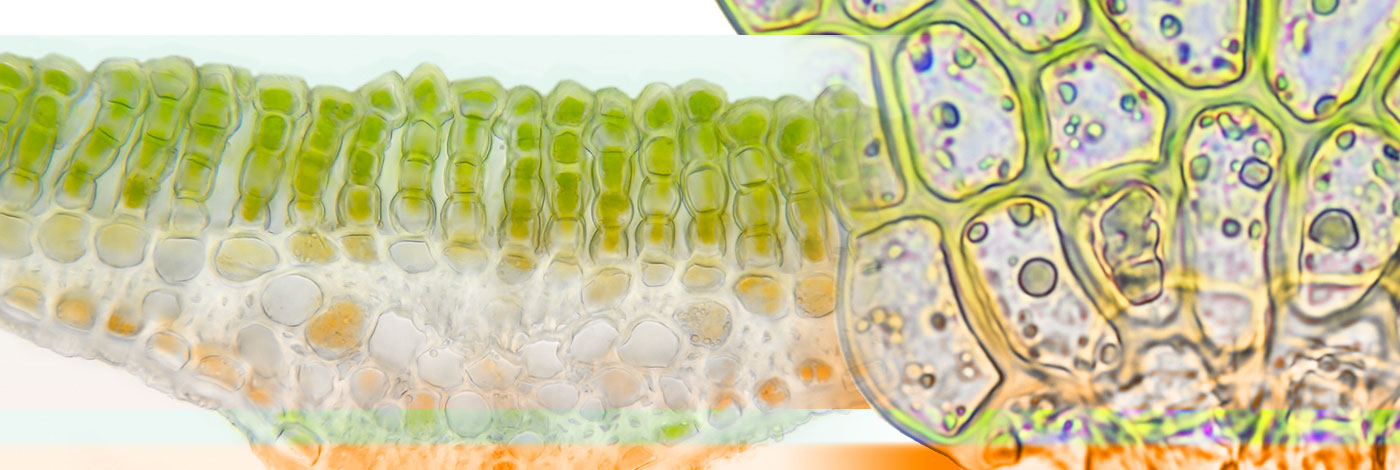
 Cryptogamie, Bryologie
23 (2) - Pages 97-117
Cryptogamie, Bryologie
23 (2) - Pages 97-117Nineteen bryophytes (all of them mosses), one alga and seven vascular plants were found in 26 irrigation channels of the river Iregua basin (La Rioja, northern Spain), a kind of aquatic environment not previously investigated regarding bryophytes. The species richness, the cover, and the Shannon’s diversity (when calculated including bare soil – areas with no bryophyte – as an additional “species”) of the communities were correlated negatively with the dryness period in the channels, and positively with the water flow and velocity. Hence, high values of those variables were found in refuge sites, such as the main control-gates through which the river water enters the irrigation channels, whereas low values were typical of frequently dry terminal channels. The diversity values were comparable to those found in the lower course of rivers (which might be systems equally adverse for bryophytes), but only half of those recorded for streams. In the canonical correspondance analysis (CCA), Cratoneuron filicinum and Rynchostegium riparioides prevailed in channels with a higher water availability, whereas Amblystegium riparium was dominant in channels with harder waters and slower currents. A wider spatial sampling, including different channel types and systems, would be needed to analyse the usefulness of bryophytes as bioindicators of the water quality in irrigation channels.